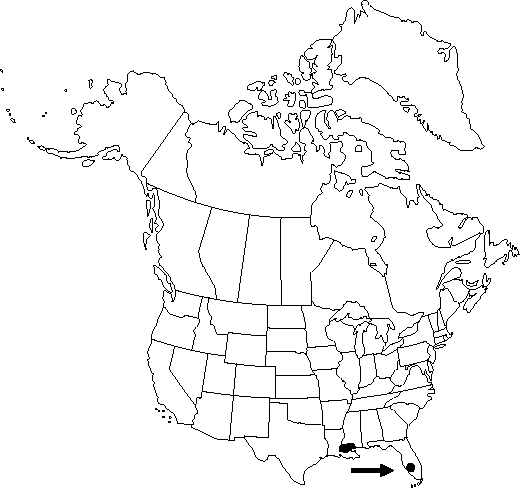Difference between revisions of "Nymphaea lotus"
Sp. Pl. 1: 511. 1753.
FNA>Volume Importer |
FNA>Volume Importer |
||
| Line 39: | Line 39: | ||
-->{{#Taxon: | -->{{#Taxon: | ||
name=Nymphaea lotus | name=Nymphaea lotus | ||
| − | |||
|authority=Linnaeus | |authority=Linnaeus | ||
|rank=species | |rank=species | ||
| Line 55: | Line 54: | ||
|publication year=1753 | |publication year=1753 | ||
|special status=Introduced | |special status=Introduced | ||
| − | |source xml=https://jpend@bitbucket.org/aafc-mbb/fna-data-curation.git/src/ | + | |source xml=https://jpend@bitbucket.org/aafc-mbb/fna-data-curation.git/src/f50eec43f223ca0e34566be0b046453a0960e173/coarse_grained_fna_xml/V3/V3_1166.xml |
|genus=Nymphaea | |genus=Nymphaea | ||
|species=Nymphaea lotus | |species=Nymphaea lotus | ||
Revision as of 22:25, 16 December 2019
Rhizomes branched or unbranched, erect, ovoid; stolons slender. Leaves: petiole sparsely to densely puberulent. Leaf blade abaxially purplish, adaxially green, nearly orbiculate, to ca. 3 × 3 dm, margins spinose-dentate; venation radiate and prominent centrally, without weblike pattern, principal veins ca. 15; surfaces abaxially sparsely to densely puberulent. Flowers emersed, 12-25 cm diam., opening nocturnally, many flowers not closing until late morning, only sepals and outermost petals in distinct whorls of 4; sepals abaxially uniformly green, prominently veined, lines of insertion on receptacle not prominent; petals 16-20, white; stamens ca. 75, yellow, outer with connective appendage projecting less than 2 mm beyond anther; filaments widest below middle, slightly shorter to longer than anthers; pistil ca. 20(-30)-locular, appendages at margin of stigmatic disk linear, 6-12 mm. Seeds ellipsoid, 1.4-1.8 × 0.9-1.2 mm, ca. 1.5-1.6 times as long as broad, with longitudinal ridges bearing papillae 20-150 µm.
Phenology: Flowering spring–summer.
Habitat: Ponds, ditches, and canals
Elevation: 0-100 m
Distribution

Fla., La., Africa.